The content of the article
The Kinglet is a small mobile bird whose body weight is only 8 g. In length, it does not exceed 10 cm. The bird belongs to the passerine order. Fewer birds than the kinglet on the territory of the former USSR. The size of the kinglet is similar only to a hummingbird.
In shape, its body resembles a ball. It ends with a short tail, and in front of it there is a big head. The upper body has a greenish-olive tint. The wings are characterized by the presence of two white stripes. The most common is the form represented by the yellow-headed bead. On the head is a characteristic cap with a black frame. The cap of the male has an orange color, and in females it has a bright yellow color.
If the bird is experiencing strong excitement, then there is a rise in feathers with the formation of a small tuft.The young individual in comparison with the adult representative has differences. She has no bright plumage on her head. It is on this basis that it is customary to distinguish kings. The bird lives on the European and Asian continent, North Africa and North America.
The plumage has a fluffy character. For this reason, when viewed externally, the individual resembles a small ball.
Korolkov is usually referred to as a songbird. But they do not always show excellent vocal abilities. This is noted only in males of the second or third year of life. With this voice, the male lures the female. It can serve as a signal of impending danger. When the breeding season comes, you can regularly hear the song of the wren. The rest of the time, his voice characterizes the emotional state of the bird. Sometimes you can just hear the singing, and the bird itself is very difficult to see because of its small size. Luxembourg is the place where this bird is a national treasure.
Lifestyle characteristics
Being upside down is their usual state. Hiding in the tree crown, the bird is almost invisible from below. Nests prefer to form exclusively on high spruce. But they can settle in the pine forest. In forests with deciduous trees is not found. Even if for some reason it flies into the deciduous forest, then it will certainly try to find a coniferous tree, which it will choose for its location. A high spruce in the city park can be chosen for his home.
Kings are distinguished by a good adaptation to the surrounding reality. They behave relatively calmly when people are nearby. This representative is characterized by a sedentary lifestyle. They wander only in winter during each year. Movement of birds occurs in different ways.In some cases, this phenomenon becomes widespread, in others it happens almost imperceptibly. In winter, crowns can form joint flocks with tits. But this never happens during the nesting period, when the behavior of birds is marked by pronounced secrecy. Kings of blood only returned to their former places by the end of spring.
During severe frosts, birds are engaged in collective heating. At the same time they take root to each other, and thus they are saved from freezing. However, if the winter is too frosty, many crowns may die. But this does not affect their numbers. The reason lies in their high fecundity. The bird is very difficult to keep at home. Only an experienced specialist can do this.
Power type
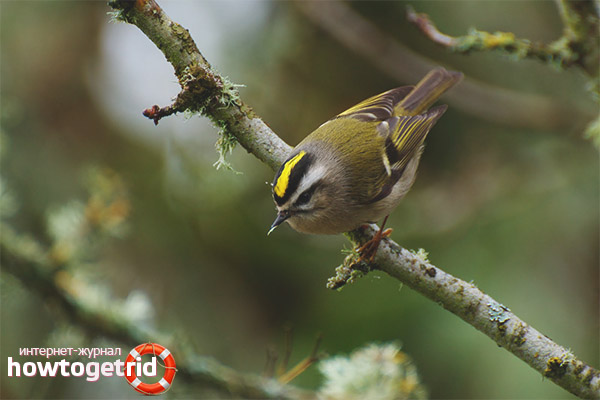
The bird is very playful, but most of the time it is busy searching for food. In search of food, she can literally climb into every crack in the tree. Kinglet is a real hunter. After seeing the prey, she hangs over her, and then rushes. She grabs the prey with a sharp beak. The body of the bird is designed in such a way that it needs a lot of protein food.During the day, the bird should consume as much food as it almost weighs itself.
Food does not break the beak with a beak, but simply swallows. Therefore, she can swallow only small ones. In summer, the bird eats insects more often, but it can also eat berries. In winter, it feeds on seeds of spruce or insects, which are blown off from trees by gusts of wind. Kinglet is able to find an insect in the thick of moss. If there are severe frosts with heavy snowfall, the location of the birds becomes a city park or square.
Interesting Facts
- If the bird does not eat 12 minutes, then it will lose a third.
- The hunger strike hour ends in death for the wren.
- During the year, the bird is able to eat up to several million insects.
Breeding features
The beginning of the marriage period is the middle of spring. At this time, the flock falls into pairs. The bird forms nests, shaped like a ball. The nest on the tree is almost invisible from below.
The nest is built by a male. In the course is dry grass, pieces of moss, wicker. Inside the nest is laid out feathers and down.It is very close and the chicks all the time huddle each other, or are generally located in it in two tiers.
The construction of the nest, as described above, is mainly engaged in the male. He takes about three weeks to do this work. Material for the construction of the nest for strength sticks cobwebs.
Every year, 6-10 eggs are laid by the female. That she is engaged in their incubation. Eggs are white, have a small size. Their surface is covered with small brown specks. After 14 days, chicks appear. They are completely naked and only in the area of the head there is a slight cannon. The female week does not leave the nest for a minute. It warms the chicks, and the male takes care of the delivery of food. A little later, the female joins the feeding of the chicks. After 21 days, babies can already be seen sitting on neighboring branches. Parents feed chicks until they become fully independent.
The average age of the beads is 2-3 years. Such a short period of life is due to the fact that the bird is extremely unfavorable to the frosts.Severe cold is often the cause of death of this feathered representative. The oldest ringed representative of this species was 8 years old.
When you hear the singing of the blood orange in the head, associations arise immediately with the Russian boron. Living in the forest, the bird brings great benefits. She massively destroys harmful insects.
If someone decides to breed poultry at home, he should know that this is not an easy task. To cope with this task can only people with great experience. If this is not the case, then it’s not worth starting a bird, it will still not survive in captivity.
Video: Kinglet (Regulus)

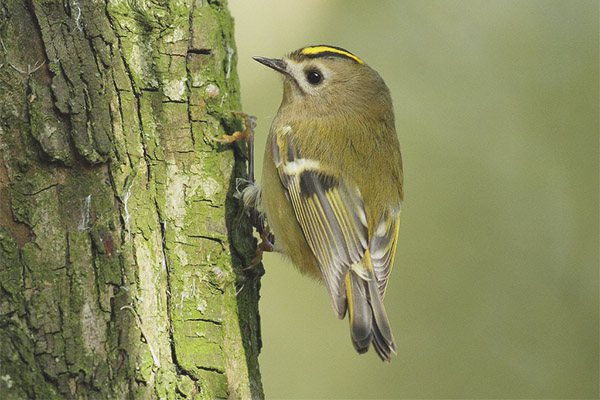
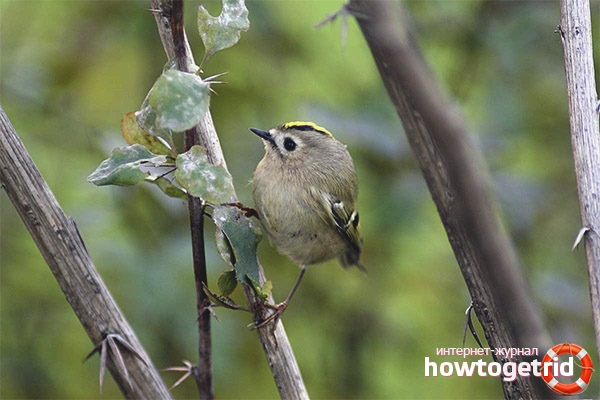
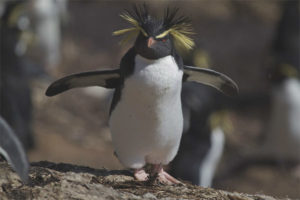
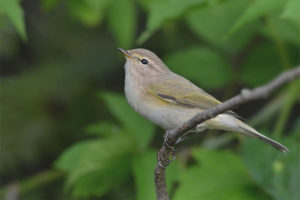
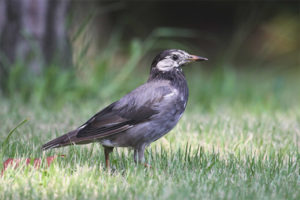
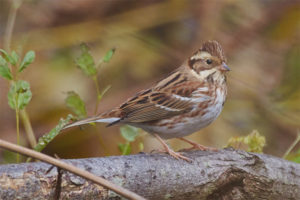
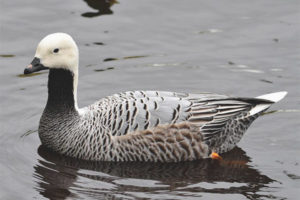
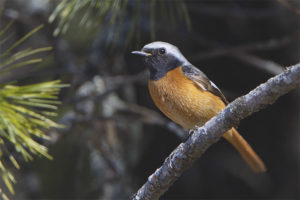
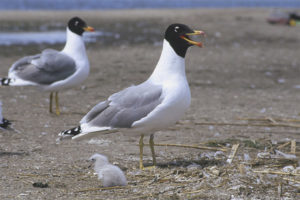
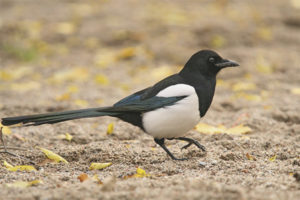
To send